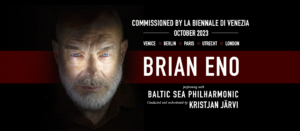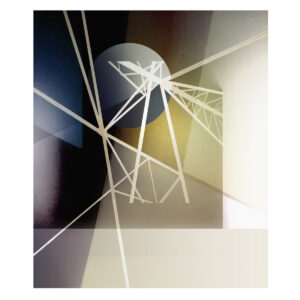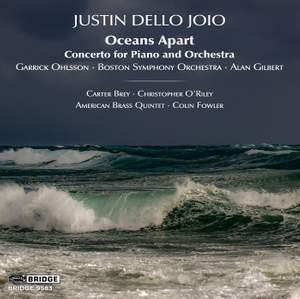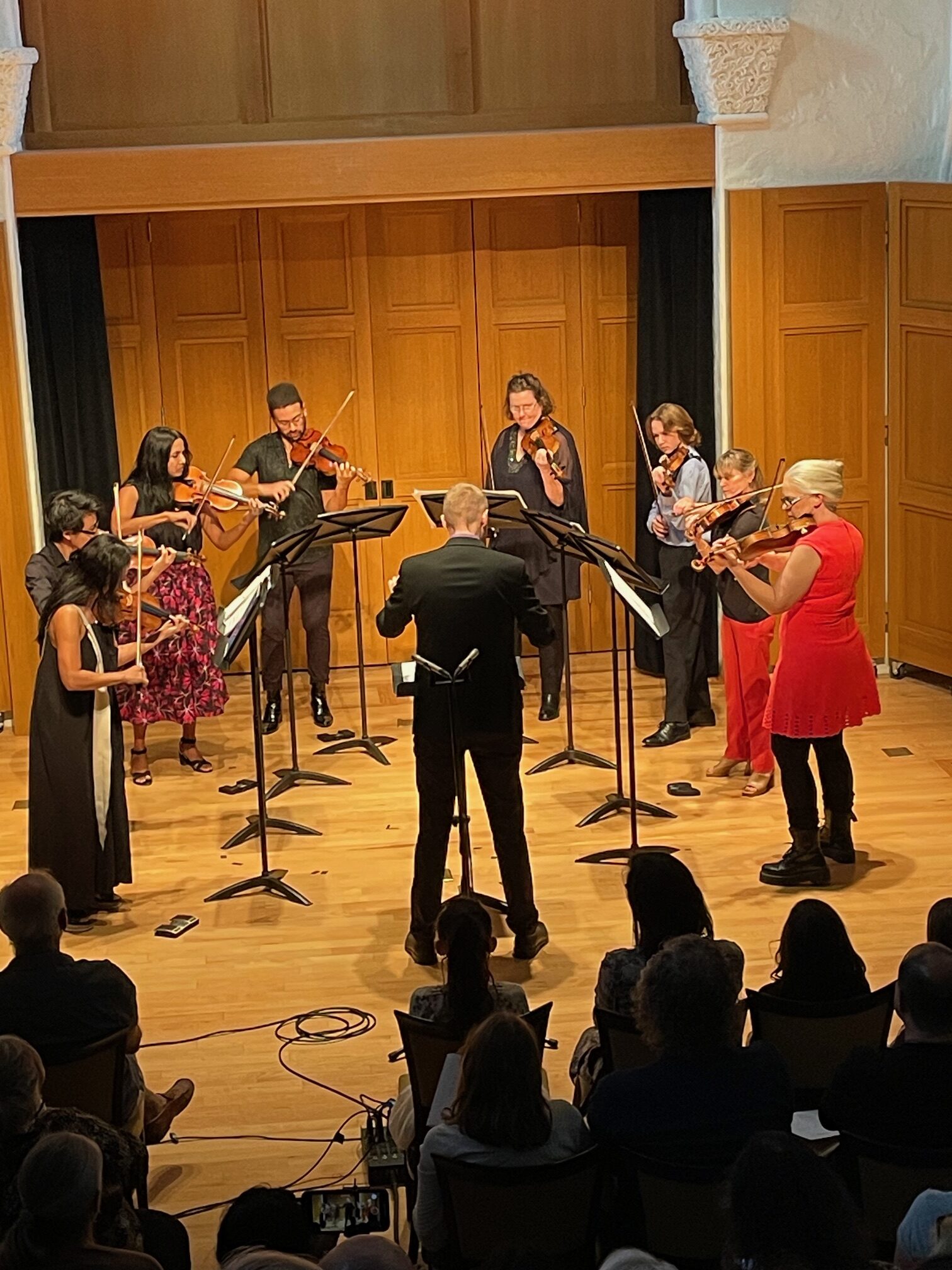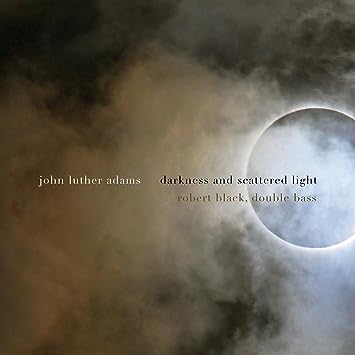Brian Eno – solo tour, FOREVERANDNEVERMORE and FOREVERVOICELESS
This past Saturday, Brian Eno played the first show of his 2023 tour at the Venice Biennale Musica. The Guardian posted a review of the concert, indicating that it spotlighted Baltic Sea Philharmonia Orchestra, an opportunity presented to Eno as part of his winning Venice’s Golden Lion Award. The centerpiece of the concert was The Ship, a compelling piece that was recorded for Warp in 2016. Eno’s song catalog was also explored, mostly recent material, but reaching back to 1977’s “By This River,” from his fantastic album Before and After Science.
Eno’s concern with the environment has played an important role in two recent recordings, FOREVERANDNEVERMORE (Universal, 2022), which consists of songs about environmental collapse, and its 2023 companion, FOREVERVOICELESS, instrumental versions of the material. Eno’s voice has darkened since the days of “By This River,” but it remains an expressive instrument. “We Let it In” is a persistently repeating melody that morphs over time with the addition of vocal harmonies. “Garden of Stars” uses overdubbed vocals throughout, with text rhythms shifting, quick glissandos, and the instruments playing a long crescendo of sliding tones and repeated notes on strings. “There Were Bells” is perhaps the most emotively I have heard Eno sing in some time. With distant thunder as a background, Eno croons, modulates his vibrato, and leans into a fluid sense of rhythm.
FOREVERVOICELESS is quite moving in its own right. Where pop artists often lay down an instrumental bed, adding vocals last, here Eno removes the vocals and reworks and remixes the songs as instrumentals, frequently as commentary on the former by the latter. “Inclusion” is a highlight, mixing Eno’s classic ambient approach with sustained upper-register string melodies, bubbling prog textures, and a lyrical cello solo. “Sherry” and its complement “Chéri” takes a smoky, chromatic vocal melody and, in its remix, allows chords and bassline to create a gentle, undulating piece, almost like a 4/4 version of a Gymnopedie by Satie. Over time, the melody is revisited, with chromatic scales mimicking Eno’s vocal inflections. The song “Icarus or Biérot,” with a harrowing vocal referencing the former’s fall, is reconfigured as “Who Are We?,” with the synth chordal ostinatos given an edge that provides a more syncopated construction. Occasional bell-like timbres provide boundaries for the sections. Gradually, sinuous strings and high sine tones embellish the soundscape. A disjunct tune wends its way through, completing a thoroughly new impression of the music.
Both recordings sound fantastic on vinyl. As a pair, they demonstrate Eno’s talents as a songwriter, and also remind us of the intricacies that lurk beneath their surface. FOREVERVOICELESS is one of my favorite releases of 2023.
-Christian Carey
